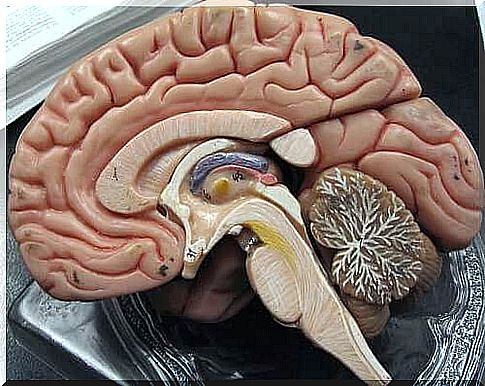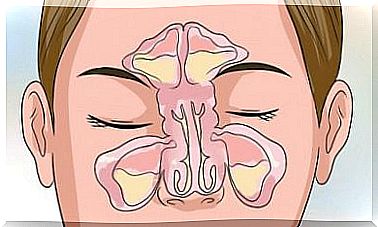Subarachnoid And Subdural Hemorrhages

Dura and arachnoidea are two of the three meninges that humans have. Meaning is the structures that form the central nervous system. Subarachnoid and subdural hemorrhages refer to hemorrhages that occur in these two parts.
Meaning and subarachnoid and subdural hemorrhages
The skull and spine protect the brain. However, they also have another protection system: Meninges. These actually also help with the development of nerves.
As the NIH Cancer Dictionary explains, “Meaning are the three layers of tissue that cover and protect the brain and spine.” We have three of these layers, which are:
- Dura
- Arachnoid
- Pia
The outermost and thickest, the dura, is separated from the bone by the epidural space. In the skull, however, this space does not exist because the dura is attached to the bone. However, it is found in the spine where blood vessels and fat are.
Below the dura is the arachnoid, separated by the subdural space. This space also becomes real only when it begins to bleed and the blood separates the two meninges.
Arachnoid extends through this space to pia. The subarachnoid space contains cerebrospinal fluid. It actually protects against changes in pressure from sudden shocks or movements.
As the last , pia is stuck on nerve tissue, even in its grooves. In addition, researchers are still trying to figure out if it also penetrates the tissue.

Subarachnoid and subdural hemorrhages
In subarachnoid and subdural hemorrhages, the first thing that happens is that blood flows out of the blood vessels. These blood vessels are in the space between the meninges. This therefore damages brain tissue.
Depending on the type of bleeding, however , they will have different effects and need different treatments.
Subdural hemorrhage
Subdural hemorrhage is where blood collects in the space between the dura and the arachnoid. This blood usually comes from veins after trauma. However, there are three types of hematoma from the time it takes to show up:
- Acute subdural hematoma
- Subacute subdural hematoma
- Chronic subdural hematoma
Acute subdural hematoma
This type shows up quickly. It is usually due to serious trauma that tears the veins that go from the cerebral cortex to the meninges.
People who have this usually go into a coma immediately. In addition, some parts of the brain stop working. Some examples of this are:
- Hemiparesis: Partial difficulty moving. This is actually because the damage happens to the part of the brain that handles motor skills.
- Mydriasis: Pupils get bigger. This is because the damage occurs in the area that controls the muscle in the iris.
Subacute subdural hematoma
This turns out to be slower and is usually less serious. This is because there is less blood. In addition, the blood also begins to clot. However, it is also caused by trauma.
In general, the person loses consciousness and then regains it. For several days, the person will then feel confused and have trouble focusing.
Chronic subdural hematoma
This is a consequence of several injuries over time. These have small extravasations of blood from blood vessels. However, when they are not absorbed again, they end up with a hematoma. This is actually common among the elderly.
The first symptom is usually headache, then changes in behavior and mood. This happens little by little. In addition, people with this begin to sleep more, have difficulty thinking and other symptoms.
Subarachnoid hemorrhages
Subarachnoid hemorrhage is where blood collects between the arachnoid and the pia. The blood usually comes from the arteries and can have many different causes. The most common is the rupture of an aneurysm. However, they may also have other causes.
Aneurysms can come with headaches and even epileptic seizures before they rupture. In up to a third of cases, the trigger may be something physical with an emotional component. In addition, it can happen from having been in the sun for too long.

When they rupture, it is that the bleeding begins. This usually occurs between the ages of 40 and 60 and is associated with the following symptoms:
- Vomiting
- Blurred thoughts
- Intense headache
- Pain and discomfort caused by light
About 48 hours later, meninges syndrome occurs as meninges become irritated and then the neck and neck also become stiff. In addition, you may experience eye problems, such as paralysis of eye movements.
Subarachnoid hemorrhages can cause sequelae in up to 60% of cases. In addition, 40% of the survivors will be permanently dependent on others in some way.









